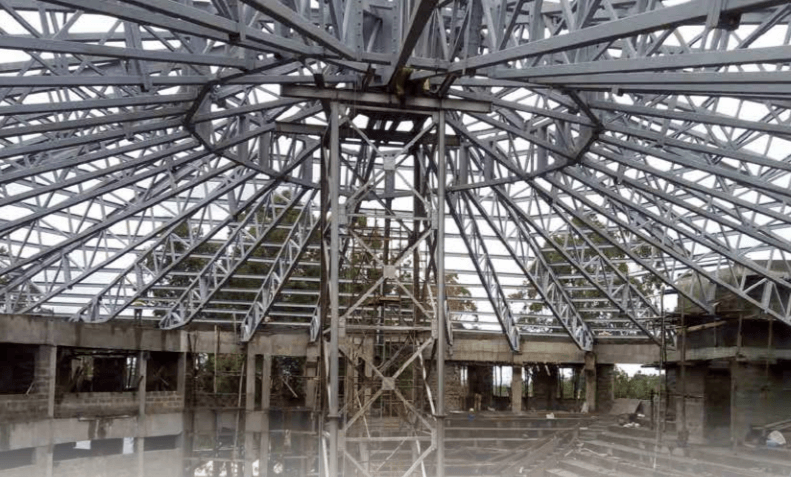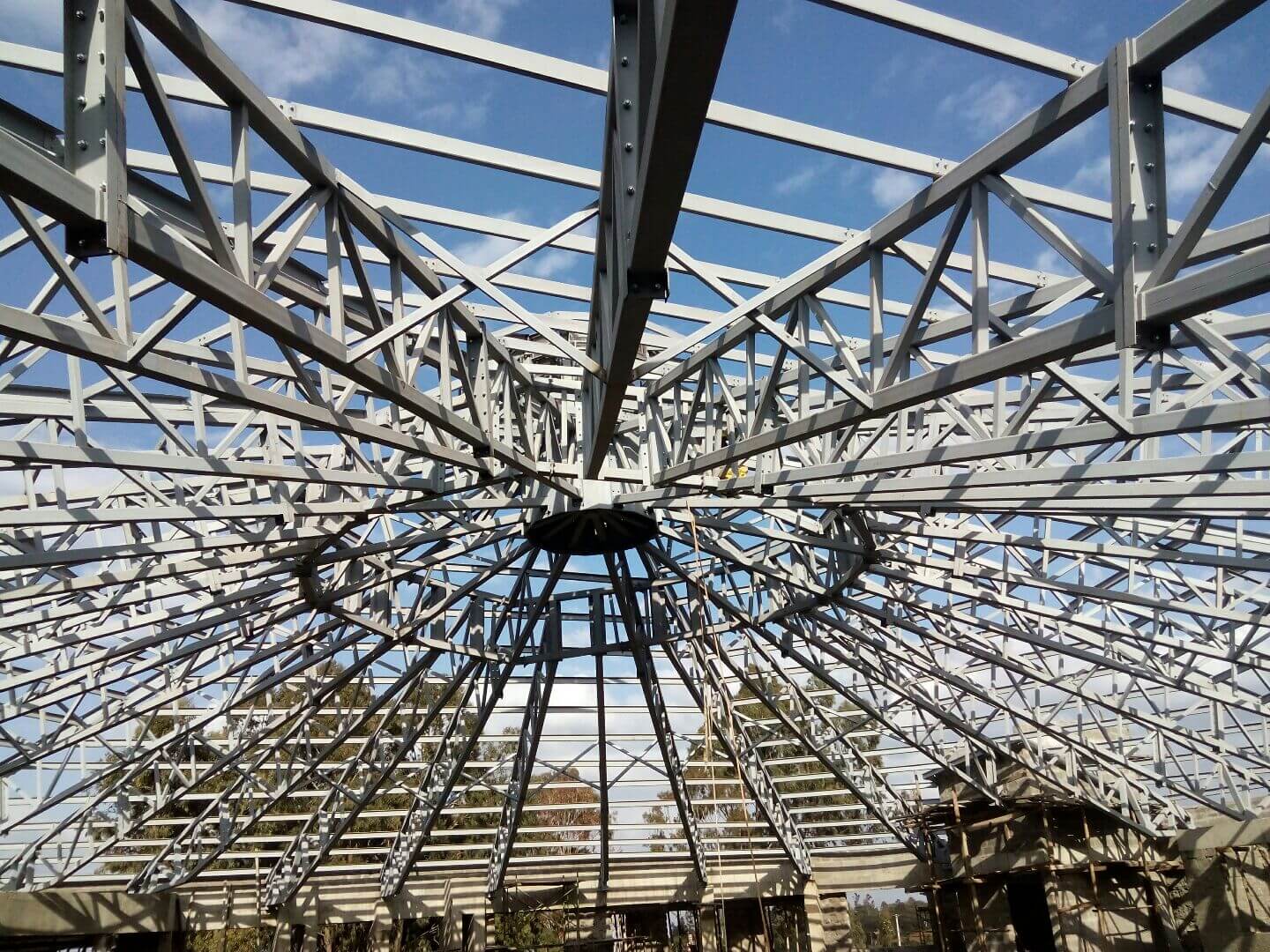- Apr 8, 2020
- ssl-admin
- Uncategorized
- 0 Comments
Steel buildings are designed considering every function of the building beginning from the project phase. The safety and the quality standard of the building are considered at the design process of the structure. Accurate and detailed project planning is done to provide the safest and economic structure to the user on time.
Structural steel leads the construction industry with a fully integrated supply chain using advanced technology at all stages of design and construction. This technology has been proven to reduce or eliminate errors, improve safety and lower project costs.
Structural steel is the most economical building framing material. Project costs are lowered as a result of reduced labour and equipment requirements, lower foundation costs and lower ongoing building maintenance expenses.
Structural steel is fabricated off-site under controlled conditions, ensuring a high-quality product and reducing the number of costly fixes at the job site. This also allows for just-in-time delivery, accelerating overall project schedules
Structural steel provides owners with buildings that generate revenue earlier, maximize the amount and use of floor space, are easy to modify and easier to sell. They are also aesthetically pleasing.
Structural steel is reliable and predictable. It’s produced to precise tolerances in size and strength. This makes steel easier to design and Steel buildings are designed considering every function of the building beginning from the project phase. The safety and the quality standard of the building are considered at the design process of the structure. Accurate and detailed project planning is done to provide the safest and economic structure to the user on time. Furthermore, since it’s at full strength as soon as it’s erected, project schedules are predictably shorter.
Key advantages of Hot Rolled Structures
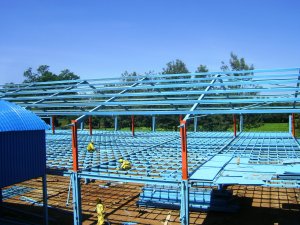 |
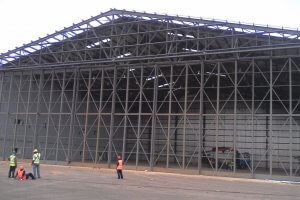 |
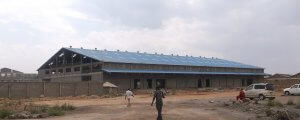 |
|---|
Delivery times can be faster as hot rolled beams and columns are already produced in standard sections, and hence there is a reduction in the fabrication processes (less offsite welding)
In addition, since hot rolled beams and columns are in straight lengths, you get a better ‘straight-line’ finish and more internal space.
Since Hot Rolled Structures are built with mill-produced beams and columns in specific standard sizes, they are generally heavier and therefore much more rigid than PEB
Since HRS is the standard conventional type of structures predominantly used in the region, most Consultants are more familiar with the design and use of the same
HRS are often the only option for some types of structures which are not suited for PEB, for example, trusses & girders, lattices, towers & masts.
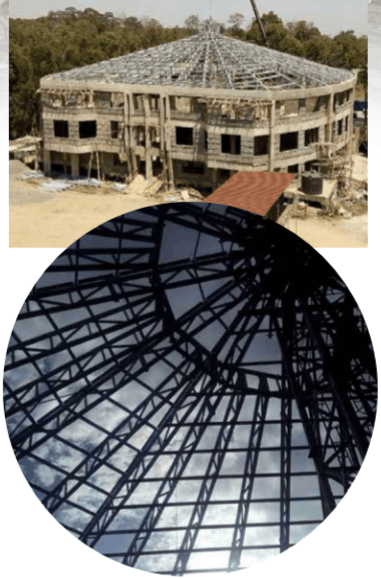
Structural steel is fabricated off-site under controlled conditions, ensuring a high-quality product and reducing the number of costly fixes at the job site. This also allows for just-in-time delivery, accelerating overall project schedules.
Differences between PEB and HRS
- While both HRS and PEB’s can be used for most buildings, the decision between the two will more often be based on several parameters, mainly the type of buildings which would determine the cost efficiency, as well as the material availability, apart from other factors such as aesthetic requirements etc.
- PEB’s will generally be more suited for high, large span (generally over about 30m wide) buildings, with or without cranes and/or mezzanines etc, while HRS would be more suited for Multi-storey buildings, smaller portal frames, trussed frames, other trusses & girders, lattices, towers & masts etc. One of our biggest advantages is that we can offer a hybrid solution combining the advantages of PEB with HRS for certain elements, to provide a combined unsurpassed economic & technical solution.

